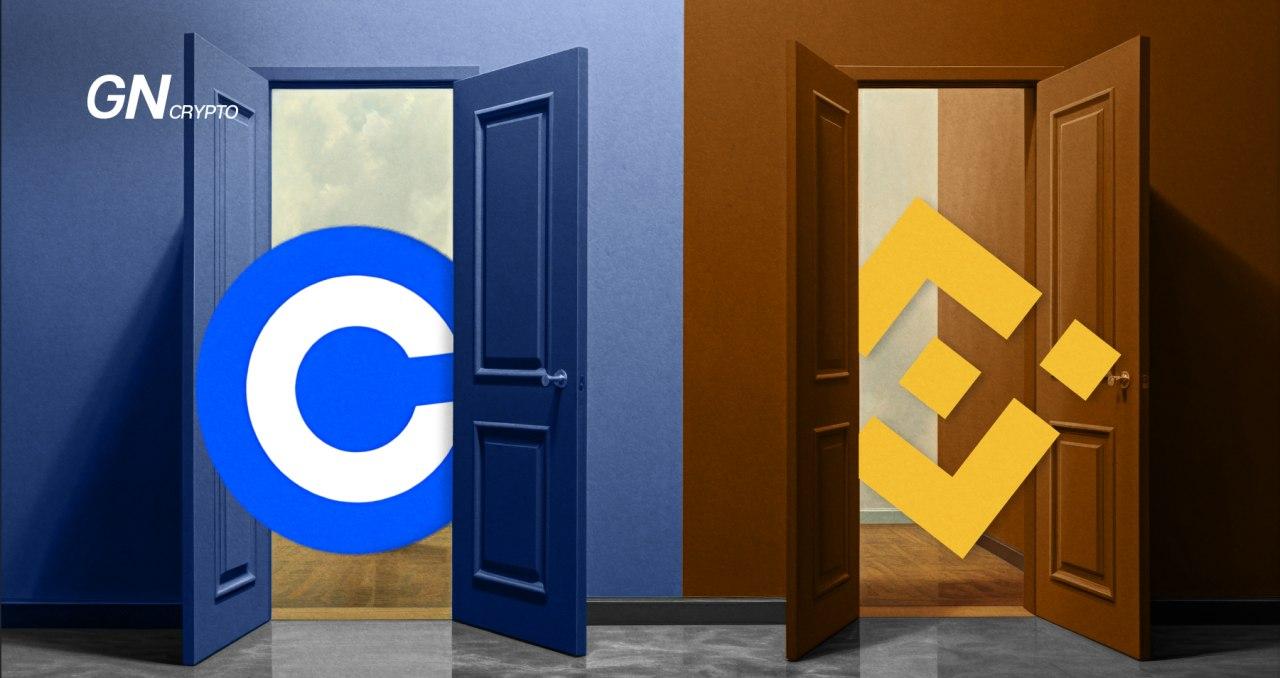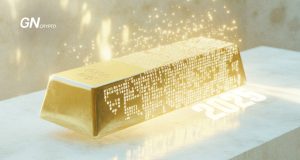Coinbase vs Binance: Listing Terms Compared

After the recent controversy over allegedly high listing fees requested by Coinbase, the issue of “shadow fees”—where premium rates are reportedly levied on large, well-funded projects—has caught the attention of other crypto industry players.
On this page
To gain a full perspective, it’s worth examining the intricacies involved in the listing process on Coinbase and Binance.
As previously reported, the head of Moonrock Capital accused Coinbase of requesting 15% of a project’s token supply as a listing fee. Justin Sun and Andre Cronje confirmed they were also presented with specific conditions allegedly by Coinbase’s asset listing managers. Meanwhile, Binance reportedly offered the listing service free of charge.
In the past few days, additional accounts have emerged from those who were also compelled to pay significant fees to have their assets listed on major centralized exchanges.
The situation has even given rise to conspiracy theories. One Ethereum Foundation developer speculated that this alleged case might actually be due to a scam, where “fake listing managers” could have copied Coinbase’s interface and extorted money from crypto project representatives for token listings.
Andre Cronje offered to make his communications with these “fake managers” public—including emails, Slack, and Telegram exchanges—so that everyone could verify the accuracy of his claims.
The controversy continues to unfold, and those interested can follow the thread on X.
So, how do the official listing requirements differ on the world’s two most popular crypto exchanges?
Read more: Top 10 WhiteBIT Listings in Q2
Coinbase vs Binance: Different Approaches to Listings
We reviewed two documents: A Guide to Listing Assets on Coinbase, published on Coinbase’s official site in May 2022, and Binance Token Listing Tips from CZ, presented to the community in June 2021.
Coinbase: Is Everything Really Free?
Coinbase offers a four-step process for free asset listing:
- Asset issuers must create an account on Coinbase’s Asset Hub and submit an application with all necessary details about the asset. The application should specify whether the token qualifies as a security and how its holders may expect to receive returns.
- The Digital Asset Listing Group (DALG) team at Coinbase assesses the information provided, using a standardized evaluation system to ensure the asset meets legal and technical requirements. For example, projects with closed-source code may find approval more challenging. DALG’s approval indicates the asset’s eligibility but does not guarantee listing on Coinbase.
- Once DALG grants approval and any specialized integration issues are resolved, the asset can proceed to Coinbase’s tradable assets list.
- The final stage is ongoing, involving the systematic monitoring of trading activity and new information about the project. Coinbase reserves the right to delist an asset if there are credible concerns regarding the developers' integrity.
Currently, Coinbase supports 240 digital assets and over 300 trading pairs. Source: help.coinbase.com
Conditions under which Coinbase may reject a listing application:
- If the ICO or token distribution was conducted before the mainnet launch or lacks clear utility.
- If the application omits a clear statement of the asset's intended use or fails to provide complete information on the team or related individuals.
- If the source code does not follow widely accepted industry standards.
- If there is no transparency about how funds were raised for the protocol's development and launch.
- If the project is suspected of being involved in prohibited activities.
The guidelines also specify that all communication with listing representatives is conducted exclusively through Asset Hub. If Andre Cronje provides evidence of interactions via other channels, it could indicate procedural breaches within Coinbase’s own team.
Could demands for a 15% token allocation or substantial listing fees actually be conveyed over Telegram?
While such a scenario cannot be ruled out, the risk of extortion might indeed be highest between the second and third stages of the listing process, where the potential for sensitive information leakage is more likely.
Binance: We're All About Charity!
While Binance receives relatively fewer complaints online compared to other exchanges, criticisms do arise. To its credit, Binance’s leadership is quick to respond to negative comments with concrete answers. For instance, Yi He, a key figure at Binance, immediately addressed the recent listing fee controversy. She stated that the listing fee for Binance Futures is zero and that 100% of all listing fees go to Binance’s charity fund, with transactions traceable on the blockchain.
Here’s what Binance’s token listing guidelines outline:
- The only way to apply for a listing on Binance is through a verified online form. This form must be submitted by the project’s CEO or founder, who has authority over strategic decisions.
- Binance thoroughly examines each application, focusing on the project’s whitepaper, the team’s reputation, and the potential contribution to the blockchain industry.
- While Binance expresses a preference for teams with a strong track record in Web3, this doesn’t always align with reality, as the exchange includes a number of “trash” projects.
- Binance gives priority to assets launched on its BNB Smart Chain (BSC).
- Using BNB in the project’s funding round adds a favorable point for listing consideration.
- Expediting the listing process is not an option, but regular weekly updates on project progress can positively influence the final decision.
- Efforts in code development, building a user base, and marketing prove more effective for listing approval than any attempts to directly contact Binance management for lobbying.
- If Binance decides to move forward, the project’s CEO must sign a strict, one-sided non-disclosure agreement, which prohibits any communication regarding the listing before Binance’s official announcement. The founder can, however, inform the media about their application, though specifics on approval timelines and outcomes are off-limits.
Related: Unknown Trader Earns $55,000 on RPL Listing Announcement on Binance
- The amount donated to Binance’s charity fund during the listing process is entirely at the project team’s discretion. However, the level of this contribution can showcase the project’s commitment to supporting the crypto industry responsibly.
If there's a loophole in Binance's listing “sandbox,” it likely lies in this very area. Clearly, there's room for negotiation on the “charitable contribution” amount.
All right, let’s compare.
At first glance, Binance’s listing rules seem more meticulously crafted and focused on adherence to strict procedures. The experience of top management is evident, particularly in the emphasis on security measures, like the NDA agreement.
However, some questions linger.
The main one, in the context of our discussion, is: How many tokens should be given to the charitable fund for an applicant to be deemed a ‘responsible industry participant’—1% of the supply or 20%?
And naturally, everyone is eager to know the truth behind Andre Cronje’s alleged correspondence.
Related: Why Is Listing on CEXes Overrated? Arthur Hayes Explains
The content on The Coinomist is for informational purposes only and should not be interpreted as financial advice. While we strive to provide accurate and up-to-date information, we do not guarantee the accuracy, completeness, or reliability of any content. Neither we accept liability for any errors or omissions in the information provided or for any financial losses incurred as a result of relying on this information. Actions based on this content are at your own risk. Always do your own research and consult a professional. See our Terms, Privacy Policy, and Disclaimers for more details.


























